
Adatvédelmi nyilatkozat: Az Ön adatvédelme nagyon fontos számunkra. Cégünk megígéri, hogy nem tesz közzé személyes adatait semmilyen kitettségnek az explicit engedélyekkel.
Pdf is encrypted. Please provide your email address and enter your password to access
We provide PDF for you to look at the catalog, and you need to provide an email address
Ingyenes katalógusok We provide PDF for you to look at the catalog, and you need to provide an email address

Apple Extract
Apple polyphenol extracts are a group of naturally occurring plant nutrients in apples, and they hold numerous health benefits. The polyphenol content differs according to maturity rate. Young apple has 10 times content comparing with mature apple. So, Apple polyphenol extracts is better to use young apple to get the apple polyphenols. Crude apple extracts contain chlorogenic acid, catechins, apple condensed tannins, phloridzin, phloretin, anthocyanin etc.

Acai Berry Extract
Source:Acai berry extract is derived from the acai fruit found in South America. The acai berry fruit is round or oval, usually dark purple or black, and is rich in a variety of nutrients, such as polyphenols, flavonoids, anthocyanins, fatty acids, vitamins and minerals. In order to extract the active ingredients in acai berry, specific extraction processes are usually used, such as water extraction, alcohol extraction or supercritical CO2 extraction. These extraction methods can maximize the retention of the beneficial ingredients in acai berry and convert them into extract forms that are easy to use and store.

Black Rice Extract
Black rice extract is derived from the seed coat or whole grain of black rice (Oryza sativa L.), a plant of the genus Oryza in the Poaceae family. As a specialty grain that is both a medicine and food, the seed coat of black rice is rich in active ingredients such as anthocyanins and flavonoids, and is the main part for extracting antioxidants. The extraction process usually includes steps such as raw material cleaning, drying, crushing, solvent extraction (such as ethanol, water), concentration, and drying, and finally a brown to dark purple powder extract is obtained.

Ginseng Extract Powder
Ginseng Extract is a highly concentrated substance derived from the roots of plants in the Panax genus (primarily Panax ginseng C.A. Mey, known as Asian ginseng, and Panax quinquefolius, known as American ginseng). The term "Panax" comes from the Greek word for "all-healing." The extract is obtained through advanced extraction methods like water, ethanol, or supercritical CO2 extraction to concentrate its active compounds. It is typically available as a fine reddish-brown powder or a liquid concentrate and is often standardized for its key bioactive components, ginsenosides, which are the primary markers of its quality and efficacy.
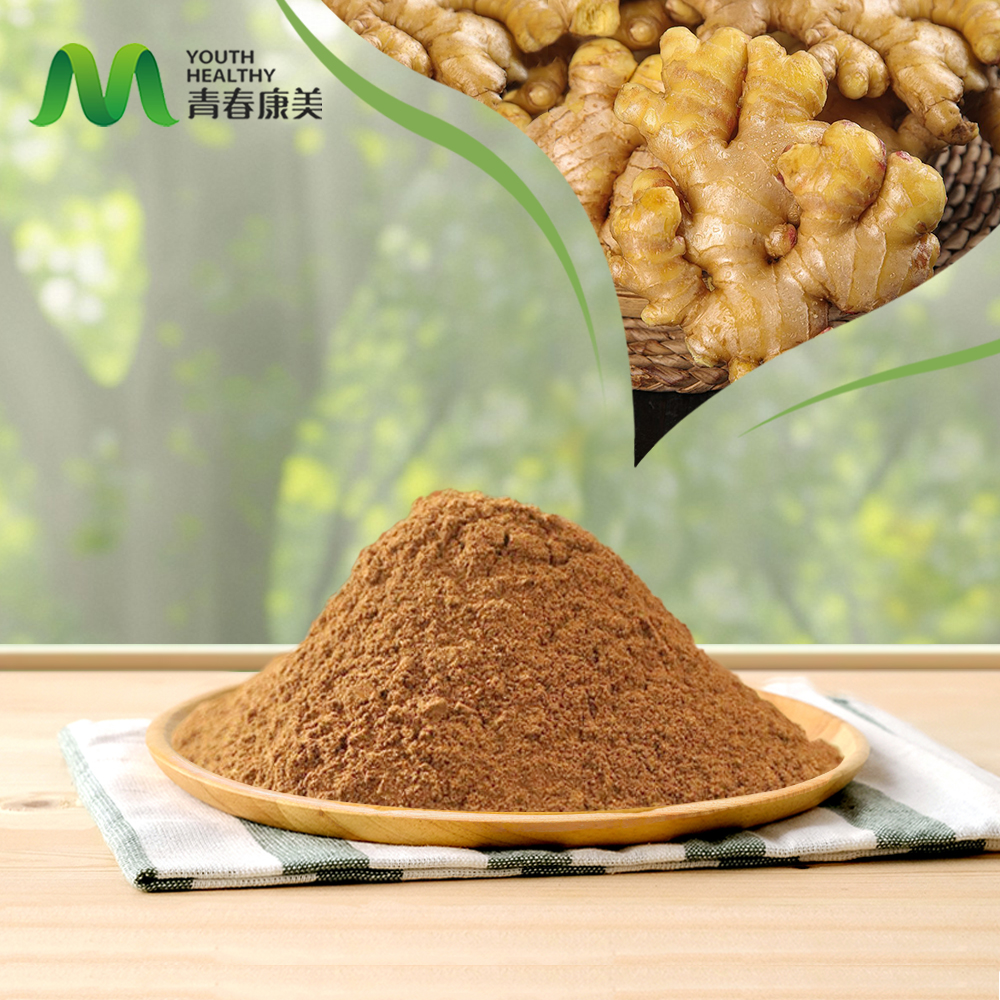
Ginger Extract Powder
Ginger Extract is a concentrated substance obtained from the fresh or dried rhizome of the ginger plant (Zingiber officinale). Through modern extraction techniques like solvent extraction or supercritical CO2 extraction, the bioactive compounds are concentrated. It is commonly available in powder or liquid form and is often standardized for key active components such as gingerols and shogaols to ensure consistent potency and efficacy.
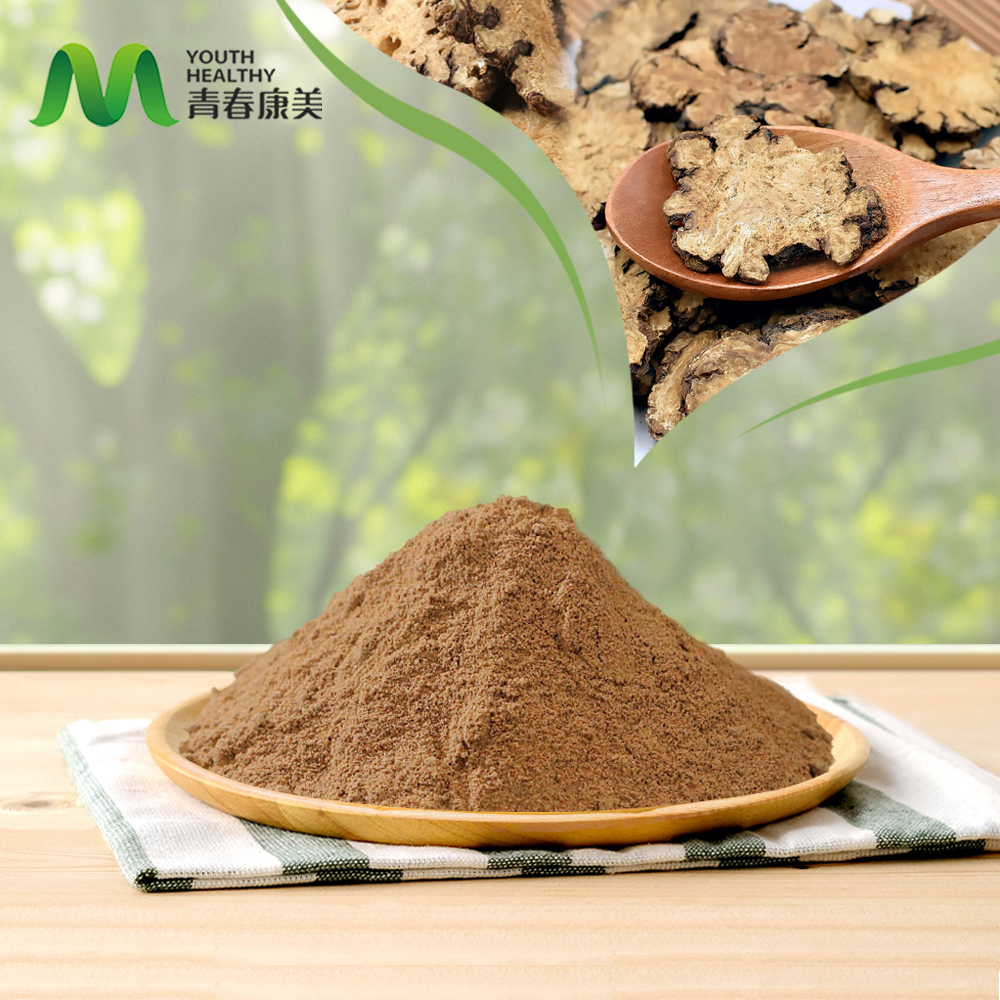
Chuanxiong Extract
Chuanxiong Extract is a concentrated preparation derived from the dried rhizome of Ligusticum chuanxiong Hort., a plant belonging to the Apiaceae family. It is a fundamental herb in Traditional Chinese Medicine (TCM). The extract is obtained through modern techniques like water, ethanol, or supercritical CO2 extraction, which concentrate its key bioactive compounds. It is typically available as a fine brown powder or a liquid concentrate and is often standardized for its active components, such as phthalides (e.g., ligustilide, senkyunolide), ferulic acid, and alkaloids..
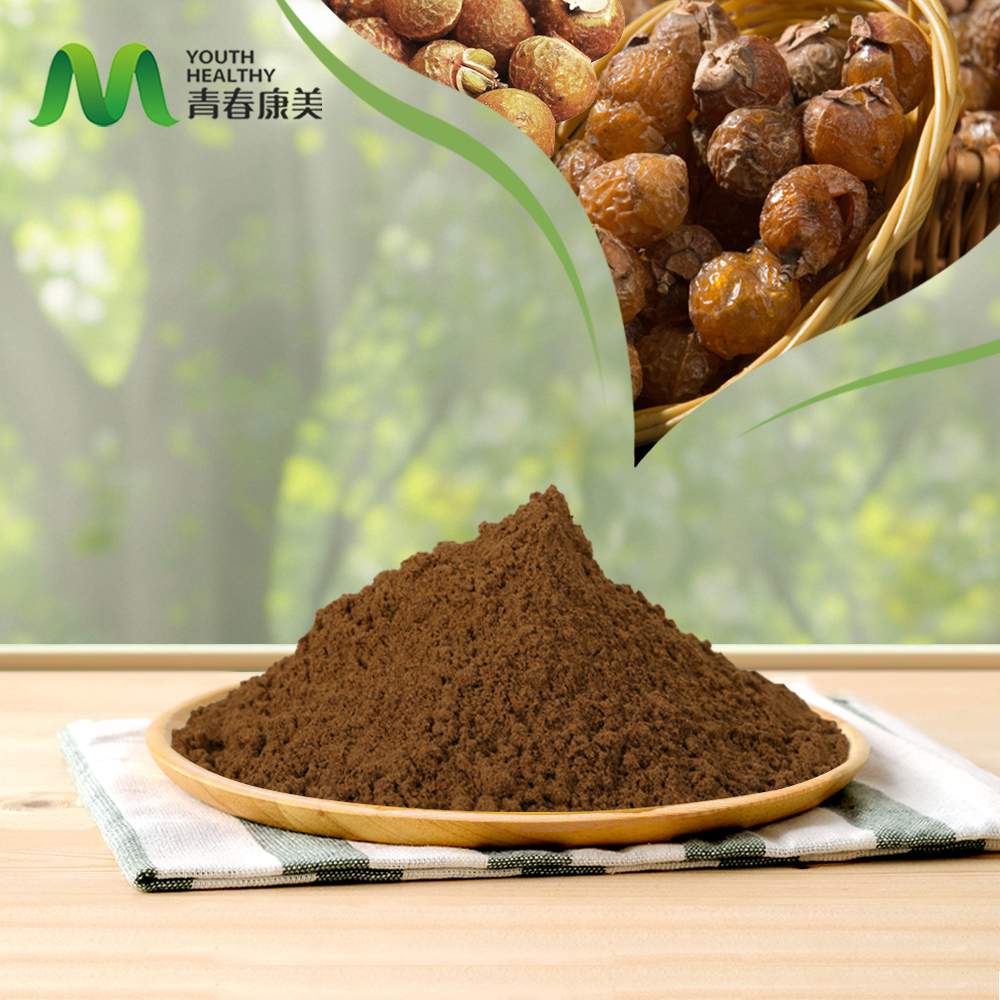
Soapberry Extract
Soapberry Extract is derived from the fruit of Sapindus mukorossi, commonly known as the Chinese soapberry or Indian soapberry. This extract is obtained primarily through water or ethanol extraction methods, which concentrate its key bioactive compounds. The most notable feature of the soapberry is its high concentration of natural surfactants called saponins. The extract is typically available as a brownish liquid concentrate or a hygroscopic powder, known for its ability to produce a rich, gentle lather.
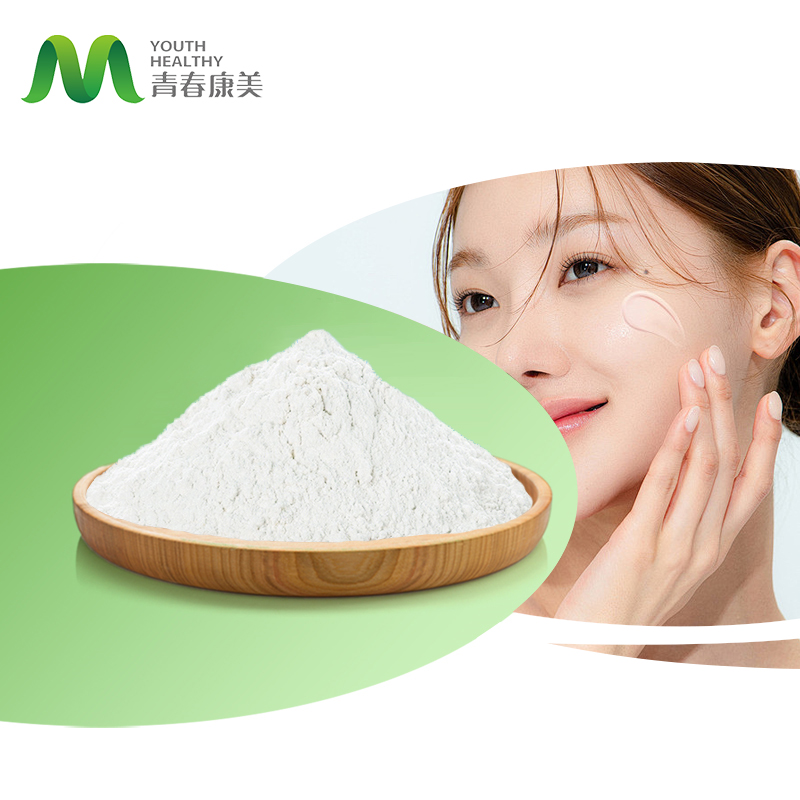
PDRN Powder
Milestones in Regenerative Medicine Materials Factors such as ultraviolet radiation, smoking, and stress can lead to the production of harmful free radicals in the skin. If they cannot be eliminated, they can cause inflammatory reactions, leading to cell damage and worsening of aging;
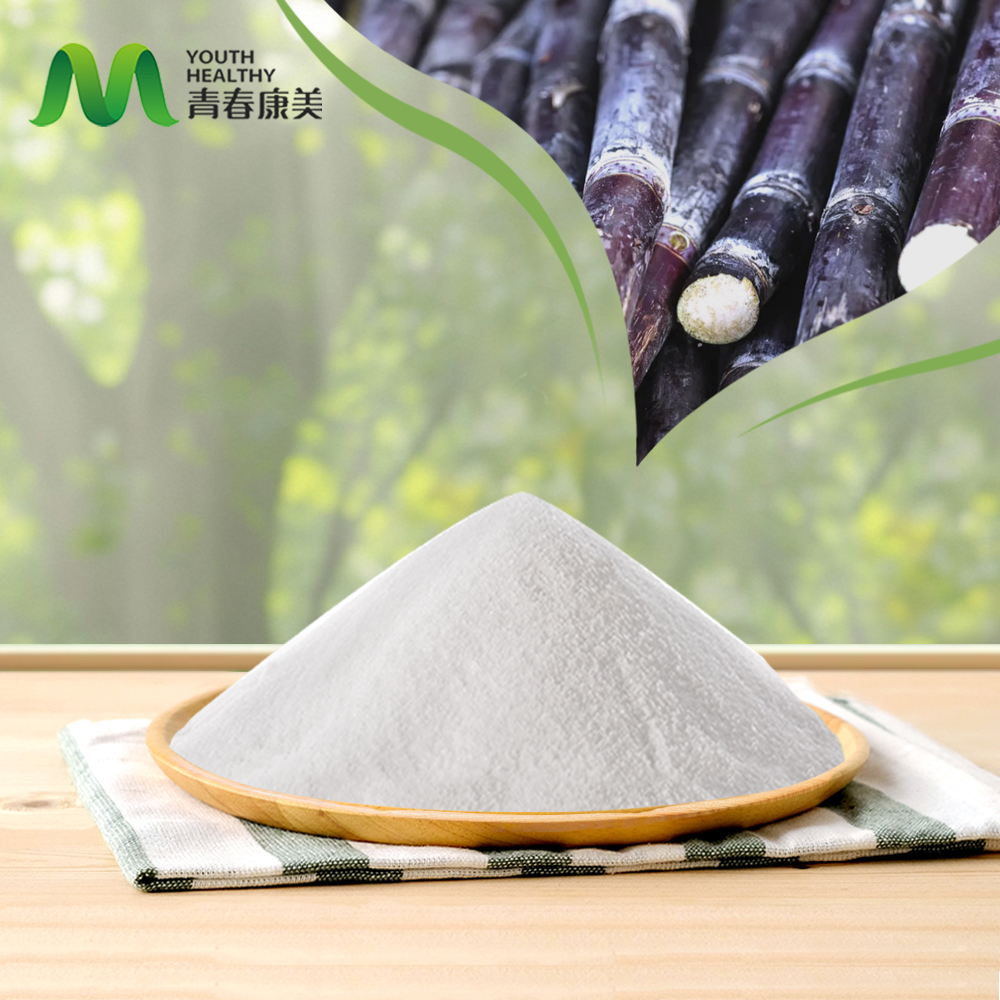
Sugarcane Polyphenols
Sugarcane polyphenols are natural polyphenolic compounds extracted from sugarcane. They are primarily obtained from sugarcane peel, leaves, or bagasse and contain flavonoids (such as apigenin, catechin, and quercetin) and phenolic acids (such as gallic acid, vanillic acid, and ferulic acid).
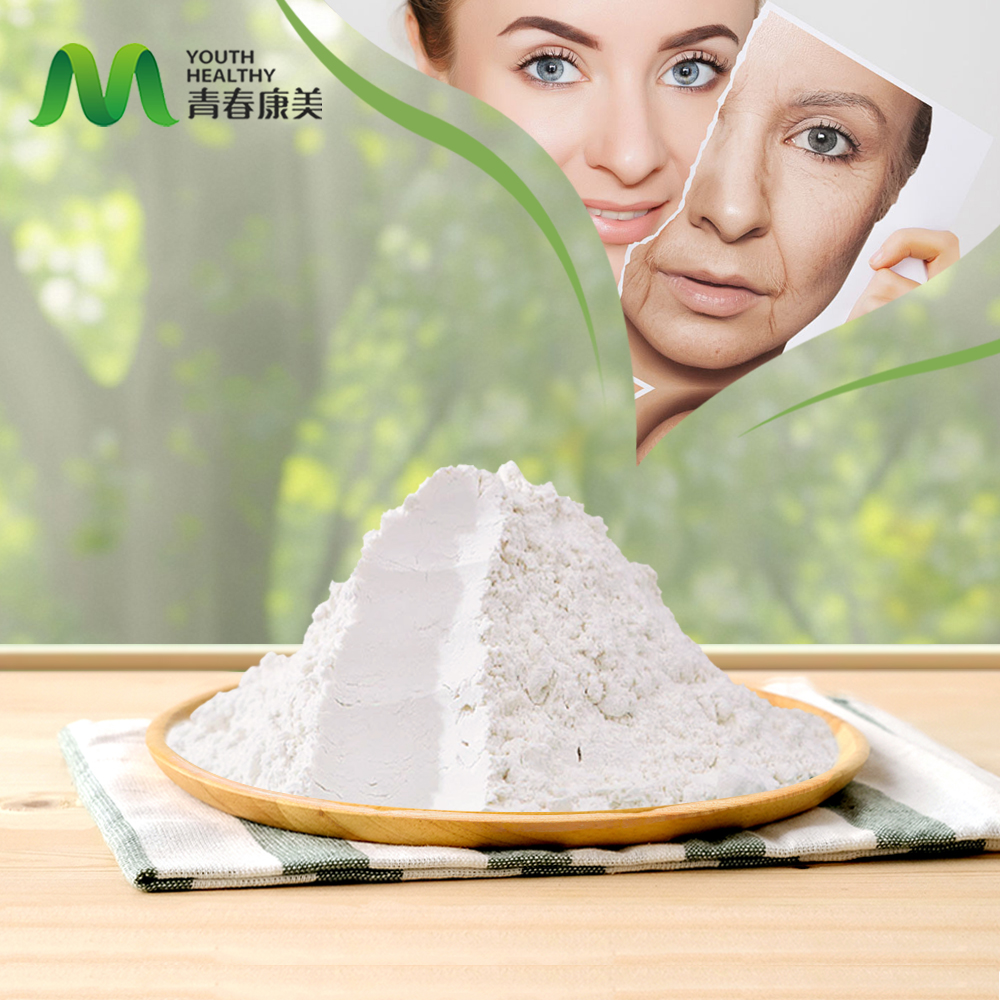
NRCL
Form: Nicotinamide nucleoside is a precursor vitamin of nicotinamide adenine dinucleotide (NAD [+]). Nicotinamide riboside chloride increases NAD [+] levels and activates SIRT1 and SIRT3, ultimately enhancing oxidative metabolism and preventing metabolic abnormalities induced by high-fat diets. Nicotinamide riboside chloride is used as a dietary supplement.
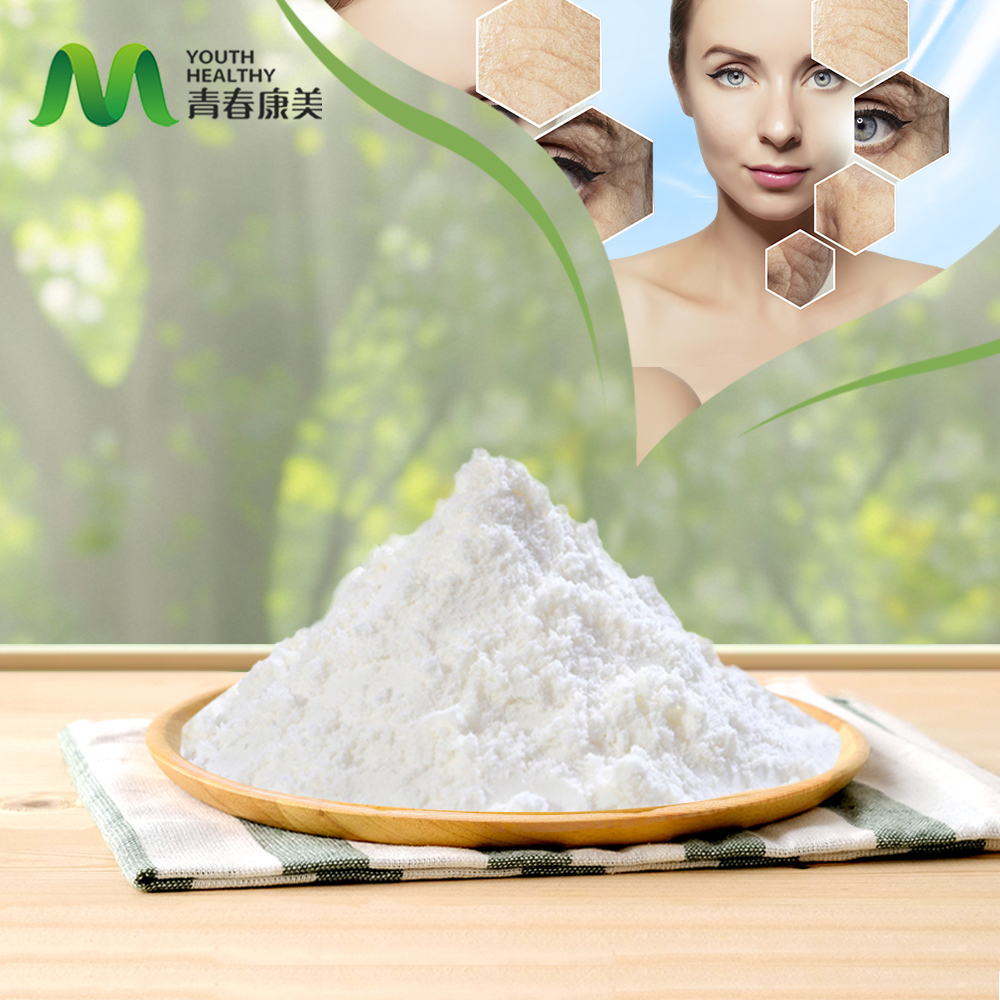
NADH
NADH (Nicotinamide adenine dinucleotide) is a chemical substance, the reduced form of nicotinamide adenine dinucleotide, also known as reduced coenzyme I. N stands for nicotinamide, A stands for adenine, and D refers to dinucleotide. NADH is produced during glycolysis and the citric acid cycle in cellular respiration. The NADH molecule serves as a regulatory marker in the energy production chain within mitochondria. An increase in NADH levels indicates the onset of metabolic imbalance. Monitoring the redox state of NADH is the optimal parameter for characterizing mitochondrial function in vivo. Ultraviolet light can excite NADH in mitochondria to produce fluorescence, which is used to monitor mitochondrial function.

Vitamin E Oil
Vitamin E is typically extracted using solvent extraction, using vegetable oils or nuts as the raw material. Extraction with organic solvents such as ethanol is followed by concentration and purification. Sources: Vitamin E oil is primarily extracted from vegetable oils (such as soybean oil and corn oil), nuts, and seeds, but can also be obtained through chemical synthesis.

Adatvédelmi nyilatkozat: Az Ön adatvédelme nagyon fontos számunkra. Cégünk megígéri, hogy nem tesz közzé személyes adatait semmilyen kitettségnek az explicit engedélyekkel.

Töltsön ki további információkat, amelyek gyorsabban kapcsolatba léphetnek veled
Adatvédelmi nyilatkozat: Az Ön adatvédelme nagyon fontos számunkra. Cégünk megígéri, hogy nem tesz közzé személyes adatait semmilyen kitettségnek az explicit engedélyekkel.